The "C" Word
I once read an editorial criticizing GM for finally placing the headlight controls on a stalk on the wheel. The writer claimed The General was surrendering its “American character” by following some (but not all) foreign manufacturers’ lead. Nonsense. The dash-mounted light switch was ergonomically inefficient; stretching forward to turn the lights on/off was both uncomfortable and dangerous. Even worse, the switch provided no feedback whatsoever. GM’s light switch remained out of reach simply because of bureaucratic inertia and corporate parsimony.
That’s no more “character” than Land Rover’s decision to locate their CD changer under the passenger seat (pre-Ford). Did Volkswagen feel obliged to continue the “character” of its cars by building them without heat? If a function or design is ugly or inconvenient to its user, it can only justify its existence by offering some form of compensation. Saturn’s panel gaps may have been visible from low earth orbit, but that’s the price customers paid for dent resistance. But hide my radio controls behind a menu– hide ANY controls I need to get along– and we’re going to have words.
“Character” is also a term meaning “horrific quality.” Cars with “character” must have at least one good feature– go like hell, turn on a dime, look like sex, etc.– along with a myriad of defects and problems. Alfas didn’t have “character” because they were built out of compressed rust; their electrical and engine faults earned them the right to the descriptor. Old British cars are notorious for having bags of “character.” Although credit is usually laid at the feet of the “Prince of Darkness” (Lucas electrics), the fact that anything and everything else mechanical was equally susceptible to a sudden interruption of service made them “memorable.”
This brings the whole “character” issue (and the people who use the term) into focus. If a flaw is predictable and universal, there is nothing special about it. Real “character” comes from design so poor that you literally don’t know what can (or face it will) go wrong. And if every problem is different, the car and by extension its owner are unique. Jaguar owners’ clubs often given an award called “the cat’s bite” to the owner who had the worst breakdown in the last year. “Please, tell us just how capricious, how temperamental, how “special” your catastrophe was.”
Ordinary drivers often feel disconnected from expert car reviewers’ opinions. How many mainstream motorists power slide through turns or assess aerodynamic stability over the ton? But if car writers are narcissists and libertines, then “character” people are unfathomable masochists. From a safe distance, S&M appears to be a more normal (and probably safer) practice than driving a car that “may” work every other weekend. Besides the uncertainty, there is also the expense (special mechanics, special parts). The driver/car relationship, seen from the outside, appears completely dysfunctional, even abusive. Intervention can be tried, but success is doubtful.
Of course, this love of “character” leads to strong, nay zealous devotion to a marque by a small group of loyalists. The “believers” don’t love the vehicle in spite of its flaws; they love it because of its flaws. Ordinary buyers may not see the appeal of a brand that can't build straight. But the sheer strength of the fanatics’ adoration builds the automaker’s image to the point where it can seduce an otherwise sane multinational car company into buying the entire company (Jaguar again).
There is something to be said for this insanity. As demented as it may be, the sheer devotion of these fanatics is almost touching. More importantly, their desire for uniqueness reminds us of the appeal of the car, the individuality that comes with going where you want when you want. I salute them for reminding us of the century-old roots of auto appeal, and I damn their judgment for doing it in a vehicle only slightly more dependable than those pioneering machines.
In my wilder moments, I dream of driving some of these famous crocks. I wouldn’t mind getting behind the wheel of some Paleolithic British roadster, but I’m not crazy enough to buy one. My family had a Chevy Vega and a VW bus back-to-back. That’s enough “character” for anybody.
More by Andrew Dederer
Latest Car Reviews
Read moreLatest Product Reviews
Read moreRecent Comments
- Dartman EBFlex will soon be able to buy his preferred brand!
- Mebgardner I owned 4 different Z cars beginning with a 1970 model. I could already row'em before buying the first one. They were light, fast, well powered, RWD, good suspenders, and I loved working on them myself when needed. Affordable and great styling, too. On the flip side, parts were expensive and mostly only available in a dealers parts dept. I could live with those same attributes today, but those days are gone long gone. Safety Regulations and Import Regulations, while good things, will not allow for these car attributes at the price point I bought them at.I think I will go shop a GT-R.
- Lou_BC Honda plans on investing 15 billion CAD. It appears that the Ontario government and Federal government will provide tax breaks and infrastructure upgrades to the tune of 5 billion CAD. This will cover all manufacturing including a battery plant. Honda feels they'll save 20% on production costs having it all localized and in house.As @ Analoggrotto pointed out, another brilliant TTAC press release.
- 28-Cars-Later "Its cautious approach, which, along with Toyota’s, was criticized for being too slow, is now proving prescient"A little off topic, but where are these critics today and why aren't they being shamed? Why are their lunkheaded comments being memory holed? 'Who controls the past controls the future. Who controls the present controls the past.' -Orwell, 1984
- Tane94 A CVT is not the kiss of death but Nissan erred in putting CVTs in vehicles that should have had conventional automatics. Glad to see the Murano is FINALLY being redesigned. Nostalgia is great but please drop the Z car -- its ultra-low sales volume does not merit continued production. Redirect the $$$ into small and midsize CUVs/SUVs.



















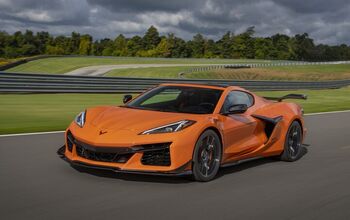
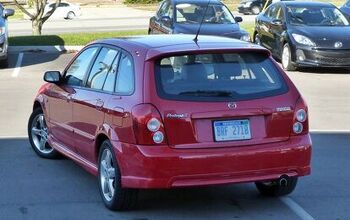
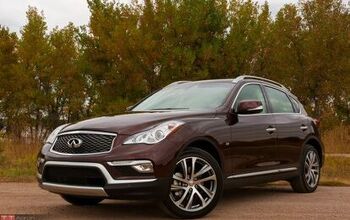
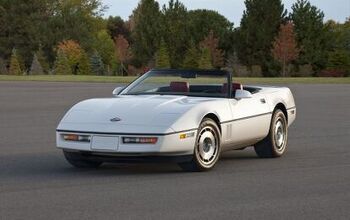
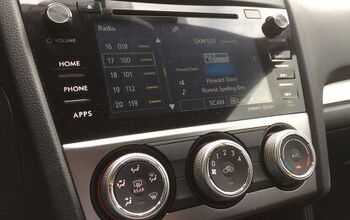







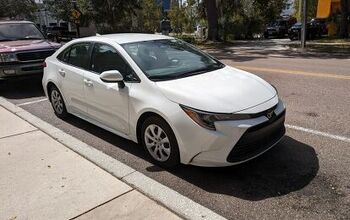
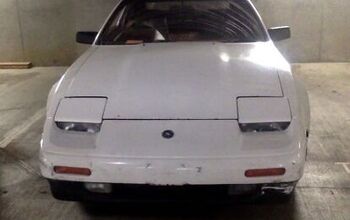

Comments
Join the conversation
As the fortunate beneficiary of a father whose obsession with muscle cars has lead him to use the excuse of buying cars for his children to really buy cars for himself, I have a 1970 El Camino, a car that I think is an excellent example of why this article is both dead-on accurate and completely off. First off, it's an El Camino, the acme of a design that we haven't seen since, well, the El Camino. It's fast, it makes a great noise, and if need be, it can carry the bodies of a 1950's nuclear family in the back with room for the annoying yet endearing neighbor's kid. The usefulness of the truck bed cannot be overstated, and it has character definately all its own by simply being what it is. It also has character of the other type as well. It breaks down in interesting and exciting ways, including attempting to burn me to death with faulty wiring. It may be based off the Chevelle, but the last owner put a Camaro heart in it, something I found out by way of spending twenty minutes under the car trying to fit the wrong oil filter into it. And worst of all, thanks to rust damage, it's about as waterproof as a fishing net. So in an automatic car wash, even in a moderate rain, it leaks rather badly, soaking the carpets and turning it into a large petri dish for mold and mildew. I love it for the good bits of character. I love driving down the street filled with identical Toyotas, BMWs and Mercs in something that is completely unique, gets nods of approval and even the random stoplight offer to take it off my hands for a good sum of money right then and there. But if I owned and maintained it myself, I would have sold it years ago. There's plenty of cars out there now that are unique and have the good kind of character without the massive heaps of the Stockholm Syndrome-inducing bad character.
I drive a self-restored '83 911SC, and I just love it when people at the 7-11 pumps or wherever--no, I'm not one of those Porsche weenies who insists on cheesecloth-strained race fuel--say "What a cool car," and I tell them it's coming up on being a quarter-century old even though it looks so contemporary. (It'd be different in Southern California, but in Upstate New York, we get few enoguh Porsches that a lot of people still don't know what they are.) Stephan Wilkinson